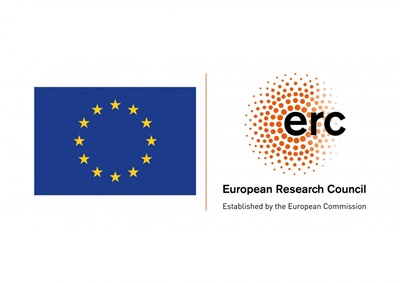Electrolytes are present in many different industries and accurate thermodynamic representation of their properties is highly important as it can reduce the amount of experimental work when designing a process that includes electrolytes.
This PhD project is part of the ERC Advanced Grant “New Paradigm in Electrolyte Thermodynamics”.
The purpose of this project is to investigate how well different properties of electrolyte systems can be described by an equation of state within the primitive model – a formalism where the solvent (typically water) is not explicitly accounted for in a molecular way.
This is an appealing approach but may not be sufficient to describe all relevant properties. This project will contribute to assessing the applicability of the primitive model for a large range of properties.
Thermodynamic modeling of electrolyte systems is of great interest as electrolytes are present in many different industrial applications. Equation of states (EoS) have been used to successfully model many different complex systems, but only to a lesser extent have it been applied to electrolyte systems.
The goal of this project is to evaluate the capabilities of electrolyte EoS (e-EoS) especially the electrolyte Cubic-Plus-Association (e-CPA) model for many different properties including activity coefficients, osmotic coefficients, heat capacities, freezing point depression, boiling point elevation, vapor pressure, density, solid-liquid equilibrium, liquid-liquid equilibrium and gas solubilities.
At first all these different properties will be evaluated for one salt (sodium chloride). This will form the foundation to evaluate which properties are well described by the current approaches and in what temperature, pressure and concentration ranges. It will thereby be evaluated when it is necessary to add more complexity to the model.
The relative importance of different terms will also be evaluated to be able to highlight what parts of the model that will need to be improved so that it becomes apparent where the improvements needs to be made. Examples of this is the limits of Debye-Hückel model or the relative significance of the Born term and if it necessary to have improved “hydration” terms.

“This project has received funding from the European Research Council (ERC) under the European Union’s Horizon 2020 research and innovation programme (grant agreement No 832460)”.